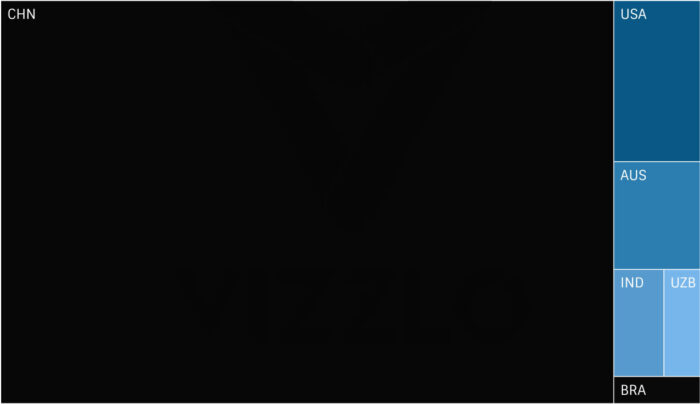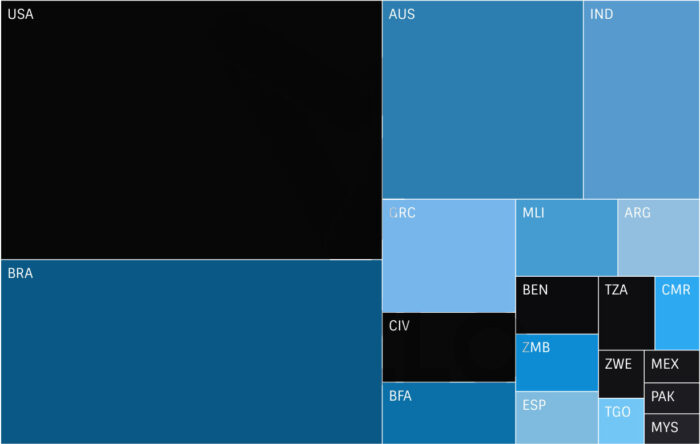Tracking the Source of Cotton from the “Made In” tag
by Anurag Jain
“Fluffy, Thirsty, toxic: that could be the tagline for cotton, a shrub native to the tropics but today grown in the all possible climates United States, Uzbekistan, Australia, China, India, and small African countries like Benin and Burkina Faso. “– Annie Leonard, The Story of Stuff
Despite being a prime source of our clothing, cotton is associated with various environmental and social glitches all depending on where the cotton is farmed.
The situation gets more complex with the fact that it it runs on a contractual basis which eradicates the obligation of telling where the material has been procured from. Every person involved in the life-cycle of the garment can only collect information to the direct supplier but cannot go beyond that. Hence, most of the brands won’t be able to answer where the cotton of their garment came from since there are lots of stages involved from growing cotton to stacking up the finished garments on the racks.
Currently, a consumer can only get to see “Made in” label while purchasing a garment, which mostly tells about the country from where the garment is assembled and finished and fails to inform about where the other steps of supply chain such as farming, spinning, weaving, bleaching and dyeing took place.

Though there is no way to find out where exactly the cotton for our clothing came from, I have derived the chances of where the cotton must have come from to help consumers and brands take more conscious decisions while procuring clothing or clothing materials.
Methodology
I have started with asking a diverse range of participants of where their clothes have been made by looking at the “Made in” tag and shortlisted fifteen countries with most responses. Accordingly, I collected data from FAO and WCO of quantity of cotton grown in those countries and the quantity of cotton imported from other countries. To have an acute representation, all the data I collected is for the year 2016. With this information, I classified cotton used for manufacturing in a country by where it is grown.

This toolkit can help consumers and brands to figure out where the cotton must have been grown by simply looking at the “Made in” label and can be used for non-clothing products too.
I have taken two assumptions in this exercise: There is only one kind of cotton produced throughout the world and export of cotton is independent of cotton produced or imported. Moreover, the data is accurate if we assume two countries scenarios in supply chain (Country 1 for Farming and Country 2 for Manufacturing). For more than two countries scenarios, I have only included data that impact the supply chain by more than 1%.
- China, India, Pakistan and United States uses most of their own cotton in manufacturing cotton products. Hence, “Made in” label from these countries imply that the cotton must have been grown in the same country.
- United States is the largest exporter or raw cotton alongside providing 100% cotton in its manufacturing industry.
- There is only one scenario where more than two countries are involved in the supply chain of garment industry and has a share of more than 1%. Cotton is grown in USA, spun in Vietnam, and garment manufactured in China. (Refer ASEAN treaty)
- Turkey is the biggest importer of cotton from Turkmenistan. Although as compared to total production of Turkey, Turkmenistan cotton contribute almost 2% of share. Yet, it is still a very critical issue since countries like Turkmenistan and Uzbekistan are accused of using forced labor to produce cotton.
Anurag is pursuing Strategic Design and Management (MS) at Parsons School of Design and Campus Ambassador of Fashion Revolution for The New School. The research for the article has been curated with support from Sourcemap Inc. (www.sourcemap.com)





